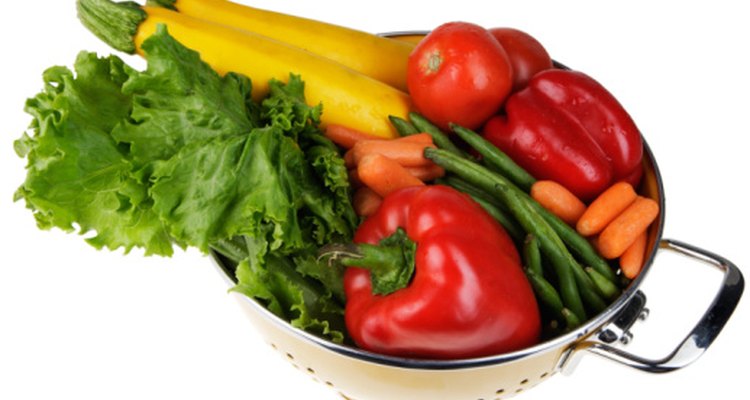
Convection oven cooking is part science, part experiment. The ovens vary by manufacturer; they have different sized cavities and the fans work at differing speeds. Experimenting with how long it takes to prepare vegetables in the convection oven is the best way to determine the right cooking times. Test the vegetables with a fork to determine when they are well roasted.
The Right Baking Dish
A fan placed at the back of a convection oven pushes heat from the heating element around the cavity of the oven, unlike a conventional oven where stagnant heat emanating from the bottom heating coil cooks the food. The constantly moving heat cooks food faster. Using a high-sided baking dish prevents the heat from accessing all faces of the vegetables inside. Instead, use a short-lipped cookie sheet or low sided baking dish, no more than 1 1/2-inches high, to cook your vegetables. Aluminum and metal pans work best, including the throw-away baking containers.
Preparing the Vegetables
Wash and completely dry the vegetables. Cut into pieces of a similar size. Place the vegetables that take the longest to cook, like carrots, onions, turnips, parsnips and potatoes, in the pan for the first part of the cooking process. Prepare a roasting marinade. It can be as simple as olive oil, crushed garlic and seasonings. Drizzle on top of the vegetables and place the pan in an unheated oven. The marinade keeps the vegetables moist and adds flavor. Add softer vegetables like eggplant and zucchini as the other vegetables soften. Baste with the marinade as the vegetables roast. Do not use butter as a marinade because it burns.
Roasting Times
When first using the convection oven you have to experiment with the cooking times. Most come with instruction booklets and they should be used as your initial reference. Generally, vegetables become well-roasted in an oven set at 350 degrees and cooked for one hour. Set the convection oven between 375 and 400 degrees. but reduce the cooking time. Another approach is to reduce the temperature by 25 degrees and cook for the normal length of time. A third experiment is to decrease the temperature 15 degrees and shorten the cooking time.
Roasting Tips
Never cover the oven racks with foil. This prevents air from circulating and diminishes the effect of the convection cooking. Keep the pan at least one inch from the sides of the oven so the air can circulate. Experiment with roasting techniques. Using a low temperature dehydrates and roasts the vegetables. Medium temperatures cook the vegetables evenly, but be sure not to mix hard and soft vegetables in the same pan and do not roast all the vegetables for the same length of time. Roasting at a high temperature will caramelize onions and give the vegetables a crispy skin.
Related Articles
Baking Pork Tenderloin, Potatoes & ...

How to Cook Zucchini Like a Japanese ...
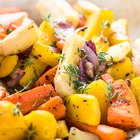
How to Cook Vegetables in a Roaster ...

How to Roast Cornish Hens With Potatoes ...

How to Make a Roast in an Electric Fry ...

How to Make a Boneless Chicken Casserole
How to Cook Brisket Slowly With a ...
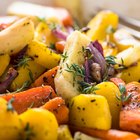
How to Roast Radishes, Parsnips, ...

How to Bake Fresh String Beans in the ...
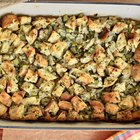
Mom’s Classic Make-Ahead Bread Stuffing
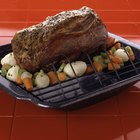
Different Ways to Cook Chuck Roast Beef
How to Cook Vegetables in a Roaster ...

How to Grill Veggies in the Oven
Baking Pork Tenderloin, Potatoes & ...
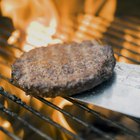
How to Convert a Brinkman Smoker From ...

How to Cook a Really Tender Beef Roast ...

What Is a Braising Pan?
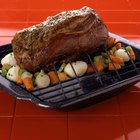
How to Cook a Whole Sirloin Tip Beef ...
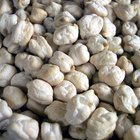
How to Bake Thin Sliced Turkey Cutlets

How to Cook Bison Burger
References
Writer Bio
Jann Seal is published in magazines throughout the country and is noted for her design and decor articles and celebrity *in-home* interviews. An English degree from the University of Maryland and extensive travels and relocations to other countries have added to her decorating insight.
Photo Credits
Photos.com/PhotoObjects.net/Getty Images